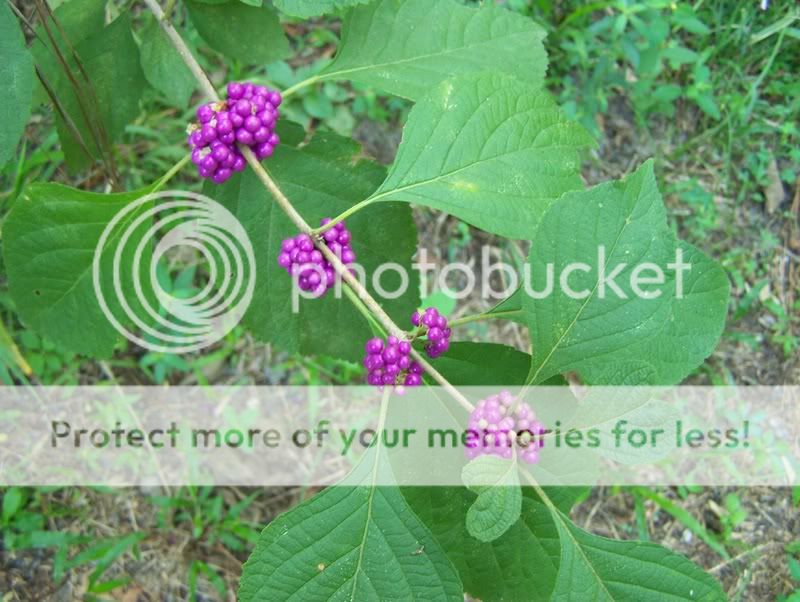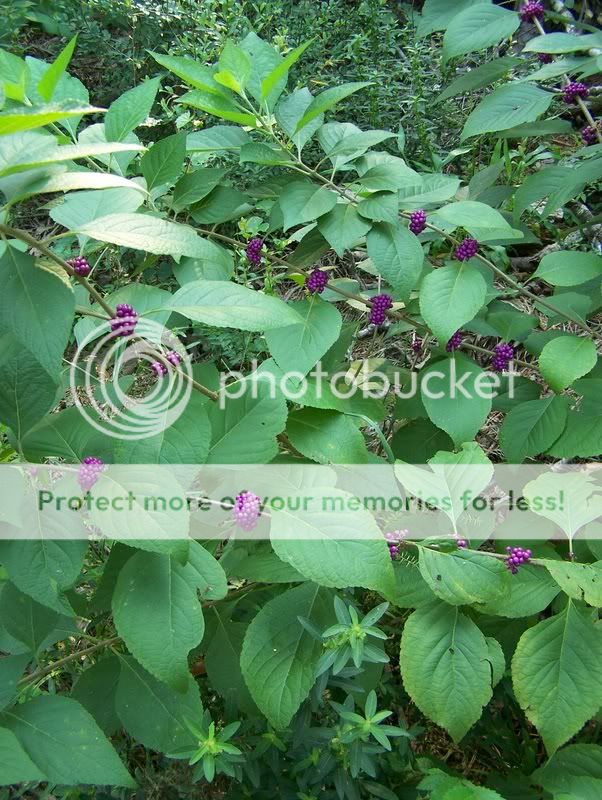I have to admit, I am uncertain of the species identification of this plant. Forestiera pubescens is the species I'm most familiar with and the plants that grow around here look an awful lot like the the F. pubescens common to Central Texas. However, based on the species distribution and local habitat, this plant is more likely F. ligustrina (aka Swamp privet) which is native to the Southeast.
In any case, this is an understory shrub in the same family as the very invastive Ligustrum. The stems tend to grow at right angles to each other, giving other species of Forestiera the common name "elbow bush". The flowers are yellow and insignificant. I don't know how large this shrub grows as there is not much info on the web. The leaves are about 1 inch in length with a dentate edge. I was lucky enough to find one in fruit.

















